| Breathing is the key to life. If we can't breathe, we die within minutes. Breathing is so essential to the health of our systems, yet rarely do people understand the connection and importance of HOW TO breathe effectively for the support of our core and the health of the shoulder girdle, hip complex, and lumbar spine. | |
Try this right now:
- Lie down on the floor with your legs out straight
- Bring your legs together
- Keep your knees straight and lift both legs off of the floor about thirty degrees.
- Notice: what happens to your abs? Did they bulge outward? What does your back do? Does it arch? What does your neck do? Does it tense?
So, what is optimal breathing for core function?
- shallow breathing into chest and neck
- holding breath
- holding abs
- locking down ribcage or gripping shoulder blades back and down
- lifting shoulders to breathe (over activation of the scalenes, upper trapezius, levator scapulae)
- squeezing butt cheeks (tightens the pelvic floor muscles)
- ribcage and pelvic positions
Have fun and explore!
The third step is to begin to challenge the system. Can you maintain the breath as you add a new skill or a new load? Are you able to get movement into all areas of the thoracolumbar pelvic canister? Quite often I observe tension and stiffness surrounding the ribcage. Below I share a breathing drill to get mobility at the lower ribcage and diaphragm and a link from Dr Evan Osar on Three Dimensional Breathing.
| | |

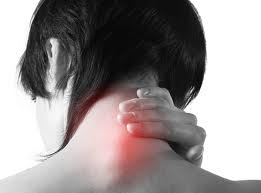
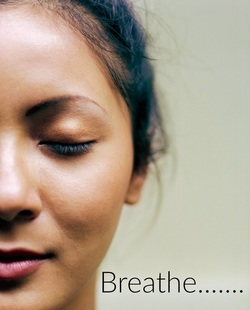
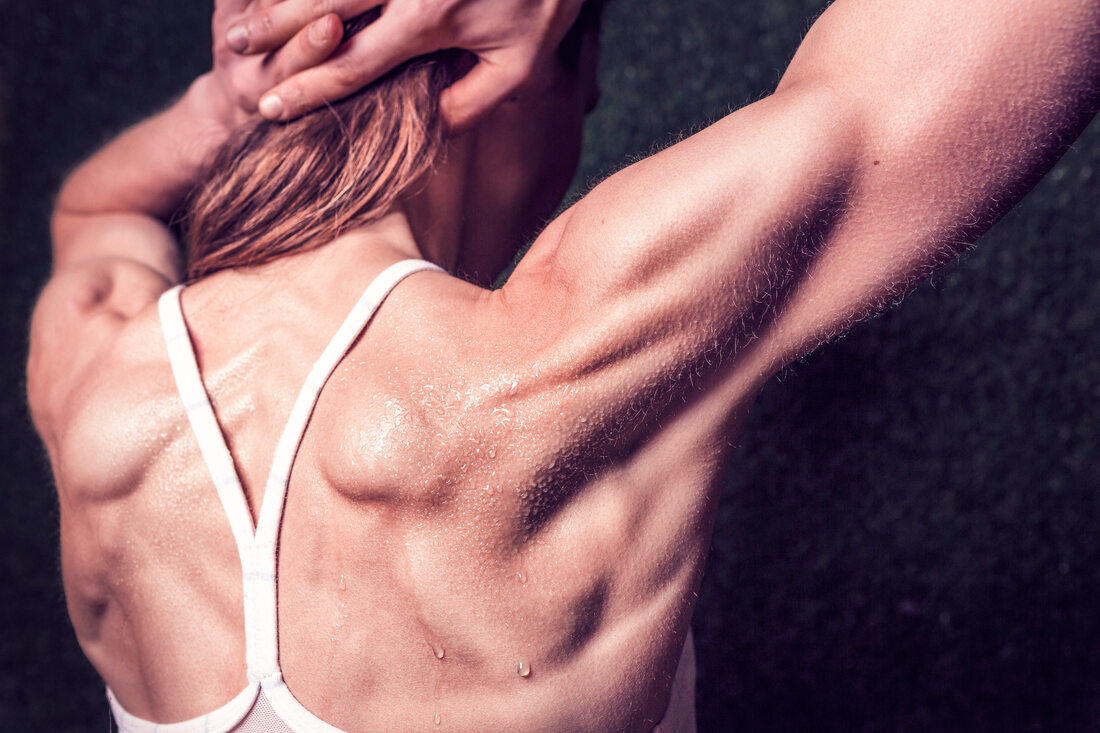
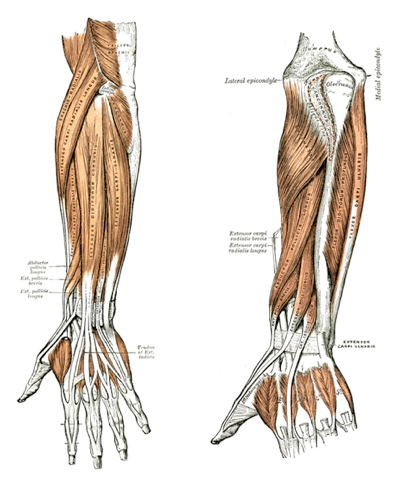

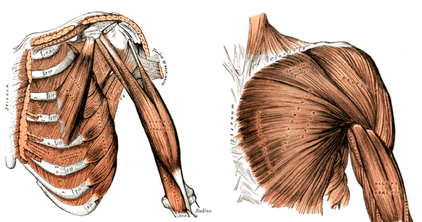
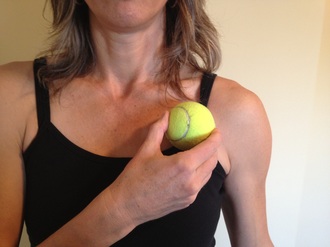
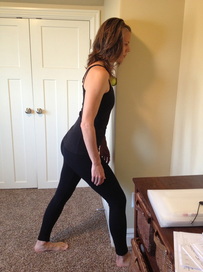
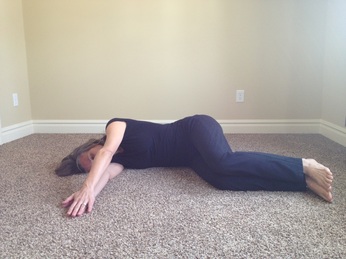
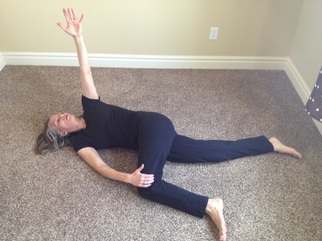
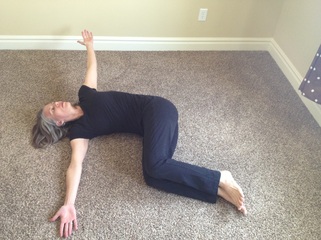
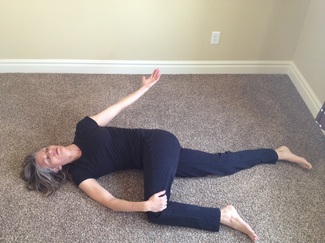
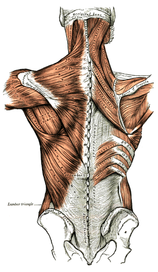
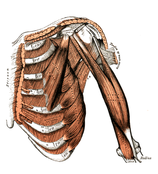
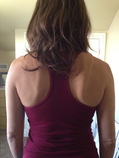
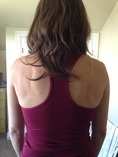
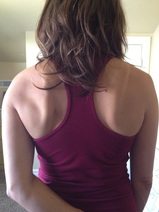
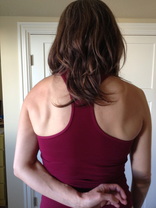
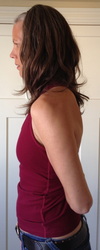
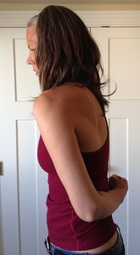
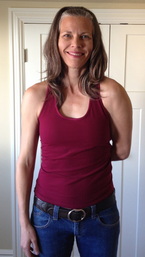
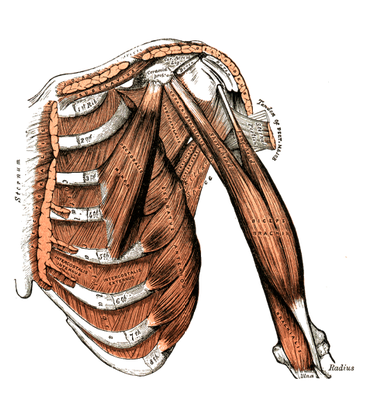
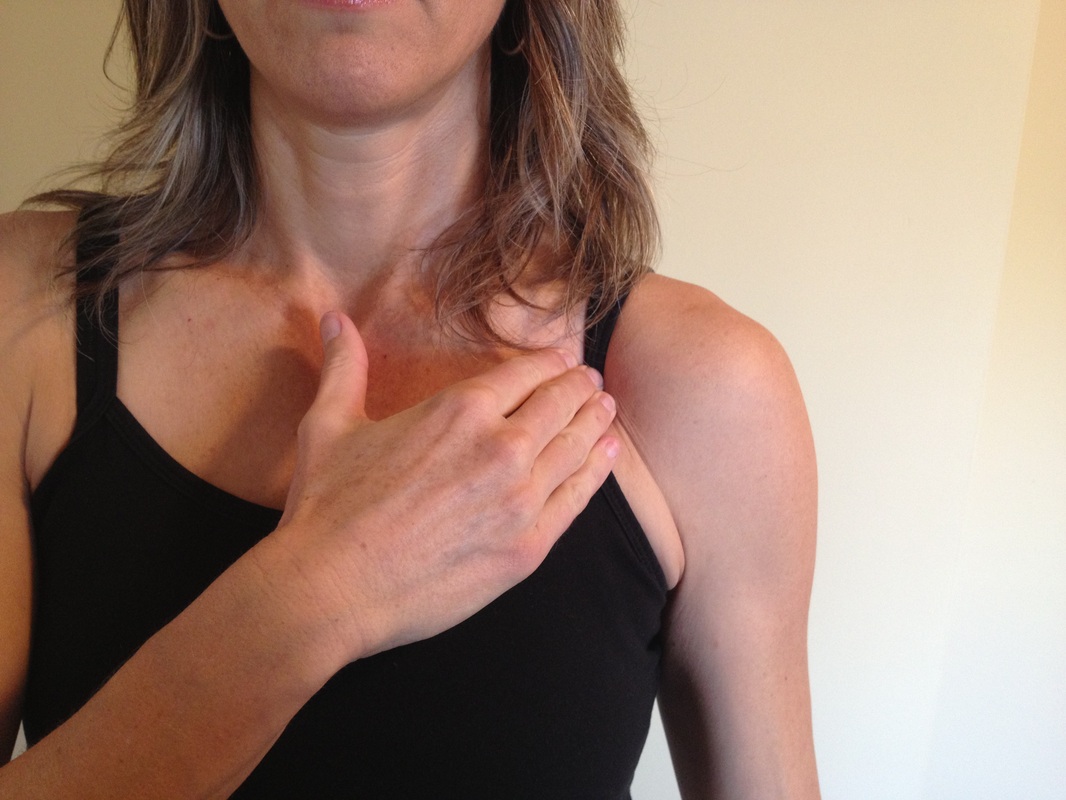
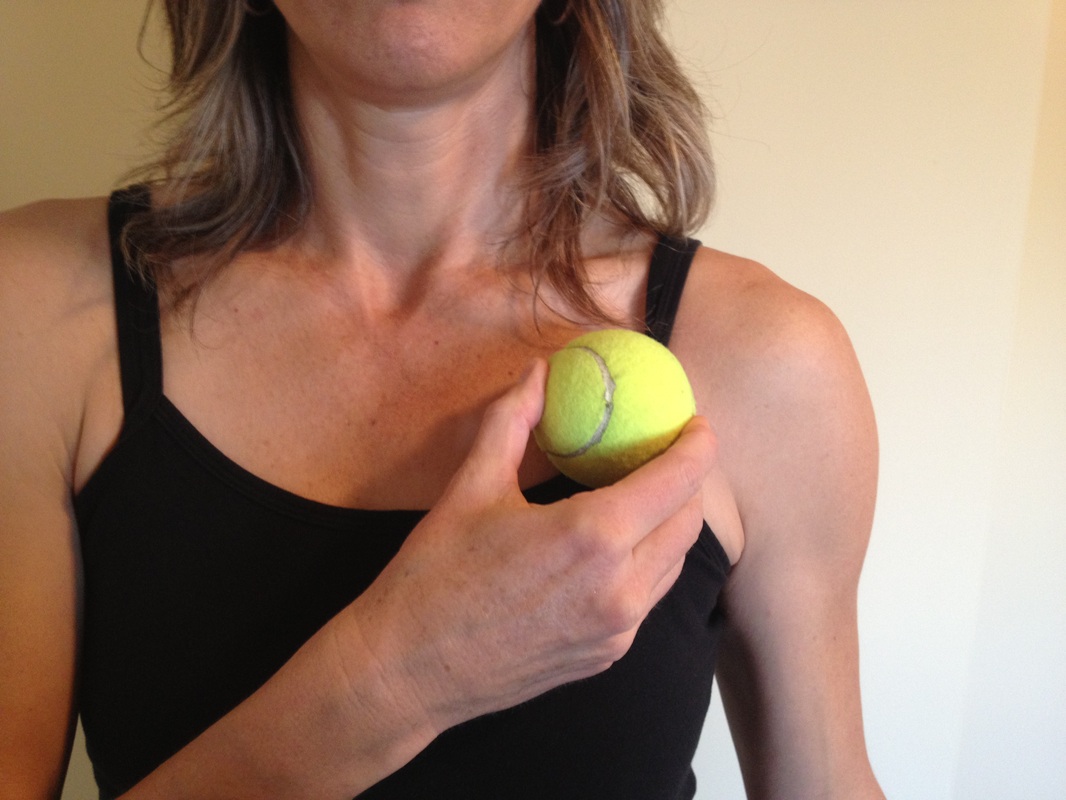
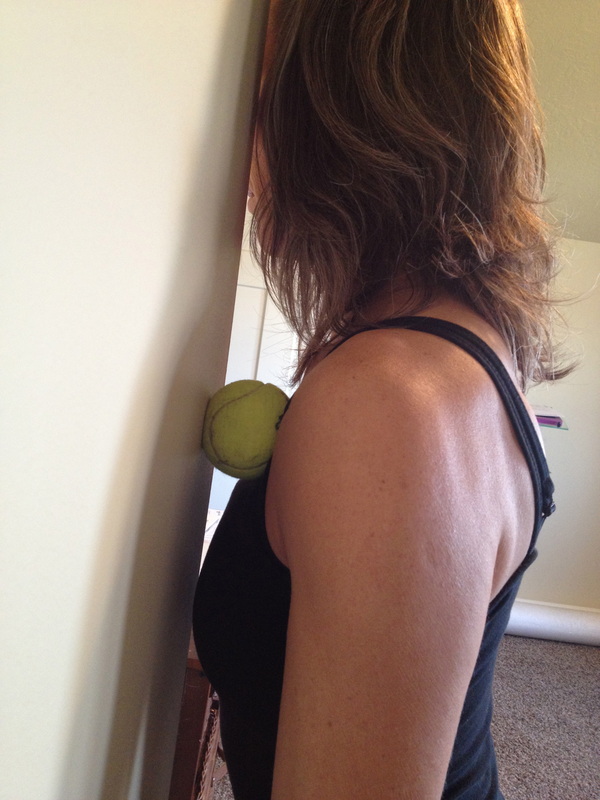
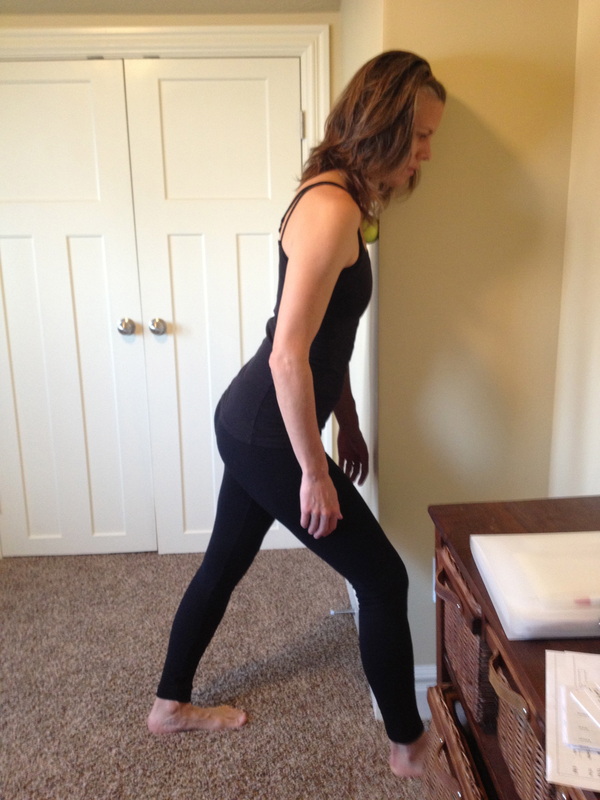






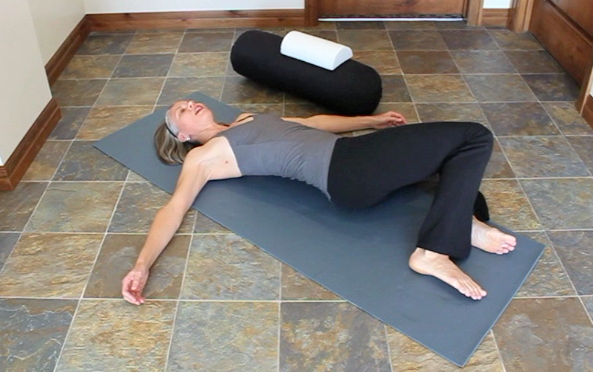
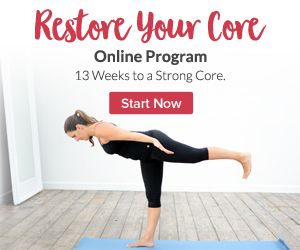
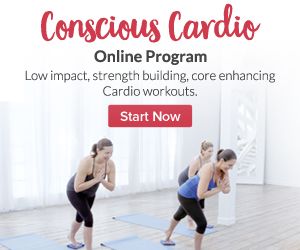
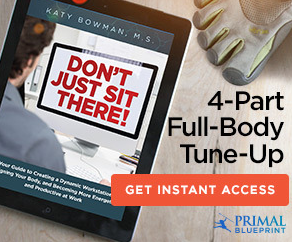
 RSS Feed
RSS Feed